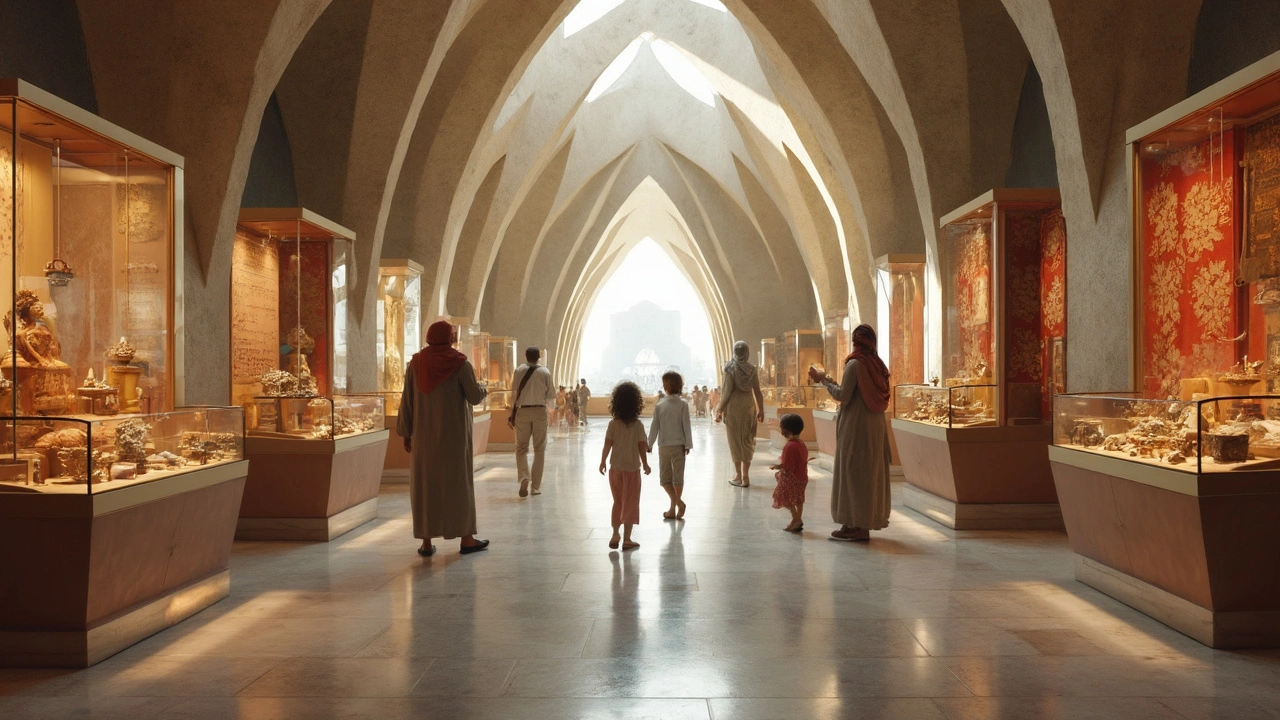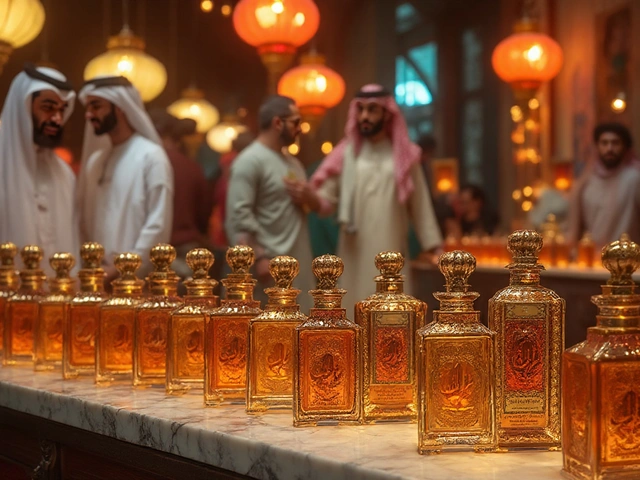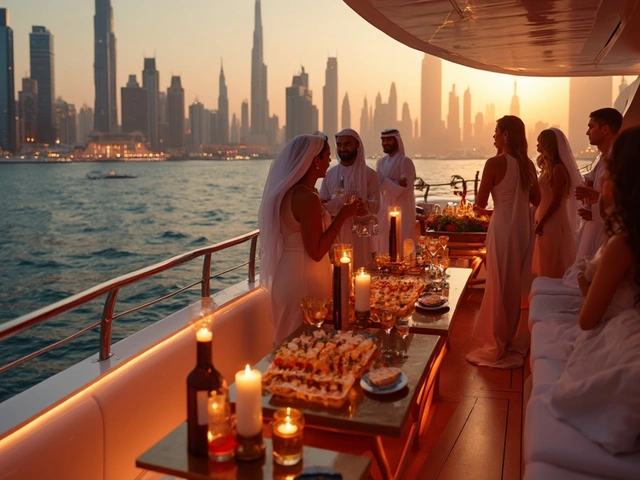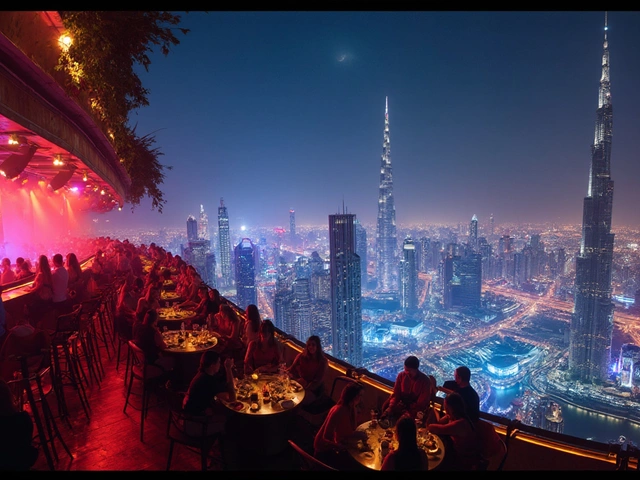Dubai History: From Desert Roots to Modern Marvels
When you think of Dubai, skyscrapers and luxury probably jump to mind first. But underneath the glitter lies a story that started with pearl divers, traders, and endless sand. Understanding that story adds depth to every photo you snap at the Burj Khalifa or the Dubai Fountain.
In the early 1900s, Dubai was a sleepy port town. Its economy revolved around fishing, pearl diving, and a modest trade route that linked India and the Middle East. The discovery of oil in the 1960s turned the tide, pumping money into ambitious projects that reshaped the skyline. By the 1990s, the city’s leaders decided to showcase their new wealth with bold architecture, turning Dubai into a global showcase.
Rise of the Skyline
The Burj Khalifa’s construction story is a perfect example of that ambition. Launched in 2004, the tower required more than 22 million man‑hours, a record‑breaking concrete pump system, and a design that could withstand desert winds. When the glass spire topped out in 2010, it didn’t just break height records; it became a symbol of what a desert city can achieve when vision meets investment.
Not far behind, the Dubai Frame emerged in Zabeel Park as a giant picture frame that literally frames the old and new parts of the city. Opened in 2018, the structure lets visitors stand on a glass bridge 150 meters high and look east to see the historic creek area, while westward views reveal the soaring towers. It’s a quick way to get a visual lesson in Dubai’s transformation.
Cultural Landmarks Worth Visiting
Beyond the skyscrapers, places like the Burj Al Arab tell a different kind of story. Designed to look like a billowing sail, the hotel opened in 1999 and set a new standard for luxury hospitality. Its architecture blends traditional Arabian elements with modern engineering, showing how the city respects its heritage while pushing forward.
If you want a taste of old Dubai, head to Al Fahidi Historical Neighborhood. The narrow lanes, wind‑towers, and restored houses give a glimpse of life before oil. Walking here feels like stepping back in time, and the nearby Dubai Museum offers concise exhibits on pearling, trade, and early settlement.
Practical tip: most of these historic spots are free or cheap, and they’re all reachable by metro or a short taxi ride. Visit the Dubai Frame in the morning to avoid crowds, then swing by the Burj Khalifa for a quick photo. Finish the day with a stroll along the Dubai Creek, where you can watch traditional dhows glide by just as they have for centuries.
Dubai’s history isn’t just a timeline of dates; it’s a living mix of cultures, trades, and daring projects. Knowing the background makes every modern marvel feel richer, and it gives you stories to share when you tell friends about your trip. So next time you book a ticket, add a historic landmark to your itinerary – it’s the easiest way to see the city’s soul.







